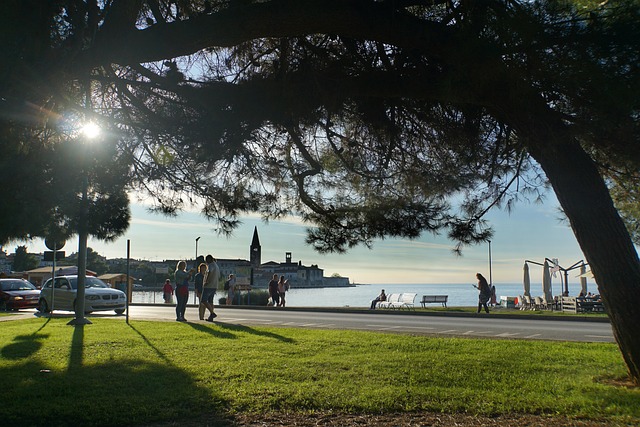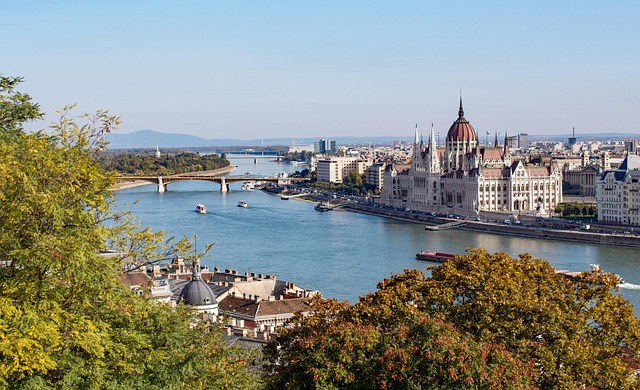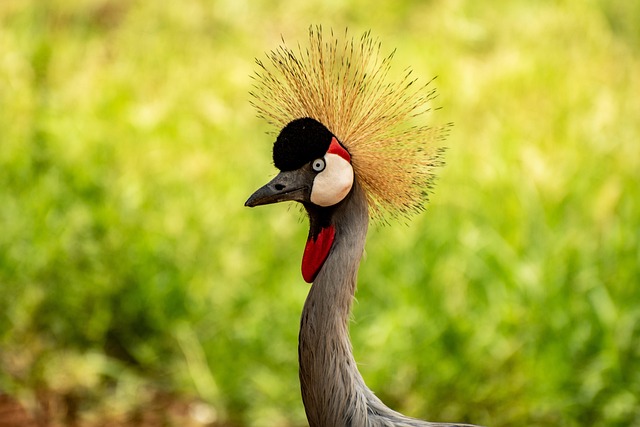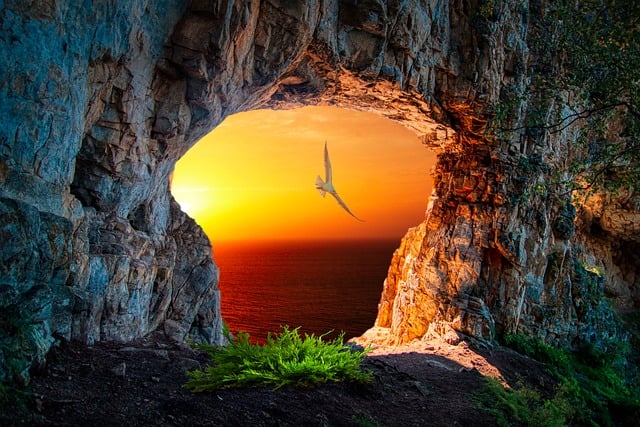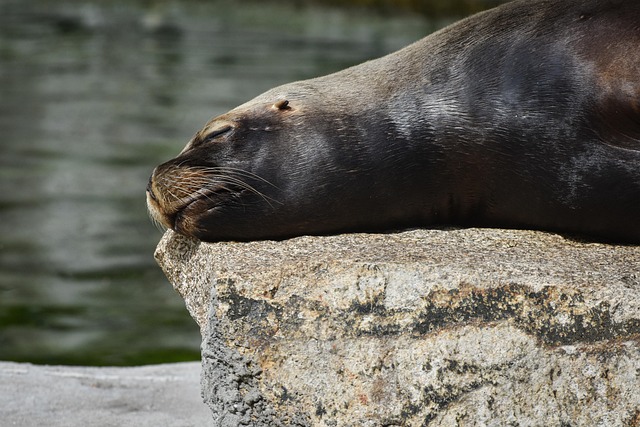Florence sea lions inhabit a unique ecosystem within Sea Lion Caves, Oregon, where their robust bodies, distinctive calls, and complex social structures necessitate conservation efforts. The caves provide shelter and food sources while human activities and climate change pose significant threats like noise pollution and rising ocean temperatures. Conservation initiatives include rigorous research, protection strategies, public education, and monitoring to ensure the long-term survival of these marine mammals. With community involvement and collaborative action, the Florence sea lion population is recovering, demonstrating hope for their future, while Sea Lion Caves serve as a model for sustainable wildlife management and habitat preservation.
“Explore the captivating world of Florence sea lions and their unique habitat within the enchanting Sea Lion Caves. This article delves into the intricate efforts surrounding wildlife conservation, shedding light on both current initiatives and historical challenges. From understanding these marine mammals’ ecological niche to gauging community involvement, we examine the successes and ongoing battles in protecting vulnerable sea lion populations. Uncover strategies for a sustainable future as we navigate the path to preserving this iconic species for generations to come.”
- Understanding Florence Sea Lions and Their Habitat
- The Current State of Wildlife Conservation Efforts
- Challenges and Successes in Protecting Sea Lion Populations
- Community Involvement and Future Prospects for Conservation
Understanding Florence Sea Lions and Their Habitat
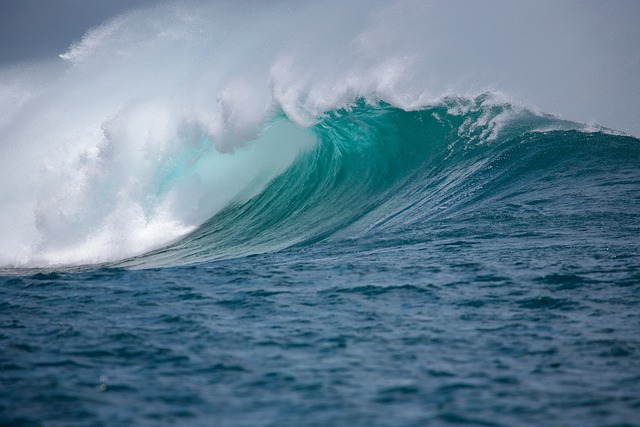
Florence sea lions inhabit a unique and fragile ecosystem within Sea Lion Caves, making their conservation a top priority for local organizations. These sea lions are part of the California sea lion population, but they have distinct characteristics and behaviors that set them apart. They are known for their robust bodies, distinctive calls, and complex social structures. Understanding their habitat is crucial to effective conservation efforts.
The caves provide essential shelter and resting grounds for these marine mammals. The cool, calm waters surrounding the caves offer abundant food sources, primarily fish and squid, making it an ideal environment for Florence sea lions to thrive. However, human activities and climate change pose significant threats, such as noise pollution disrupting their communication and hunting patterns, and rising ocean temperatures affecting their food availability. Protecting this habitat is key to ensuring the survival and health of these remarkable sea lion populations.
The Current State of Wildlife Conservation Efforts
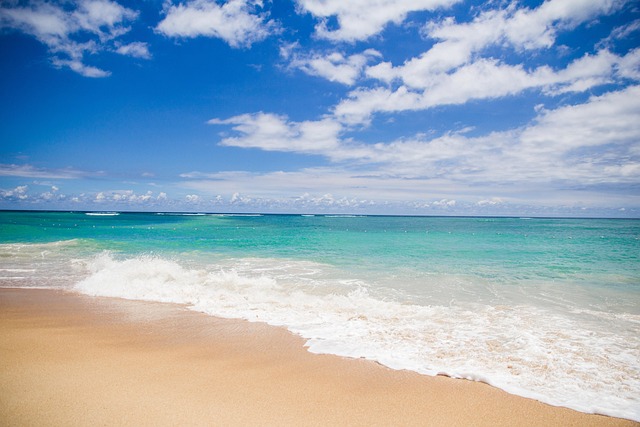
The current conservation efforts at Sea Lion Caves in Florence focus on protecting and monitoring the local sea lion population, particularly the unique and endangered Florence sea lions. These initiatives involve rigorous research and protection strategies to ensure their survival. The caves serve as a crucial breeding ground for these marine mammals, making it essential to maintain a safe and stable environment.
Conservationists have implemented various measures, including regular patrols to deter human disturbance, monitoring of sea lion health and behavior, and public education programs to raise awareness about the importance of this ecosystem. By studying their habits and addressing threats like habitat destruction and pollution, conservationists aim to ensure the long-term viability of the Florence sea lion population and preserve the natural balance of these remarkable creatures within the caves.
Challenges and Successes in Protecting Sea Lion Populations

The Florence Sea Lions, located in Oregon’s picturesque Sea Lion Caves, face numerous challenges in their conservation efforts. One of the primary difficulties is human activity and disturbance. Tourists often gather near the caves to observe these majestic creatures, but their proximity can cause stress and disrupt feeding patterns. Additionally, illegal activities like poaching and entanglement in debris pose significant threats to the sea lion population. These issues have led to a decline in numbers over the years.
However, conservation efforts have yielded successes. Local organizations and volunteers work tirelessly to educate visitors about responsible viewing practices, ensuring minimal impact on the sea lions’ habitat. Anti-poaching measures and clean-up initiatives have also contributed to a safer environment. Through these collaborative actions, populations of Florence sea lions are slowly recovering, offering hope for their long-term survival.
Community Involvement and Future Prospects for Conservation
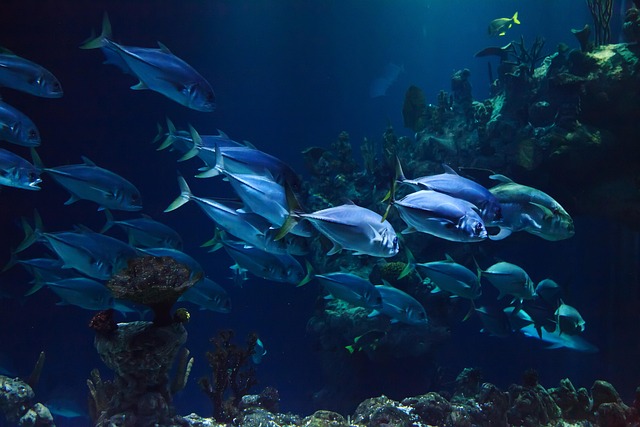
The success of wildlife conservation efforts at Sea Lion Caves in Florence, Oregon, heavily relies on community involvement and collective action. Local residents, businesses, and visitors have actively participated in various initiatives to protect and monitor the thriving population of Florence sea lions. Through educational programs, volunteer opportunities, and community clean-up events, everyone contributes to raising awareness about the importance of preserving these marine mammals’ habitats. This collaborative approach has led to significant improvements in the caves’ ecosystem, ensuring a safe and healthy future for both the sea lions and the surrounding environment.
Looking ahead, the prospects for conservation seem promising as long as this community engagement continues. By fostering a sense of stewardship among residents and tourists alike, Sea Lion Caves can become a model for sustainable wildlife management. Future plans may include expanding educational programs to reach younger audiences, implementing more robust monitoring systems, and exploring innovative ways to mitigate human impact on the caves. With sustained commitment and collaboration, the Florence sea lions will thrive, offering visitors an up-close experience with nature while preserving this unique ecological gem for generations to come.


